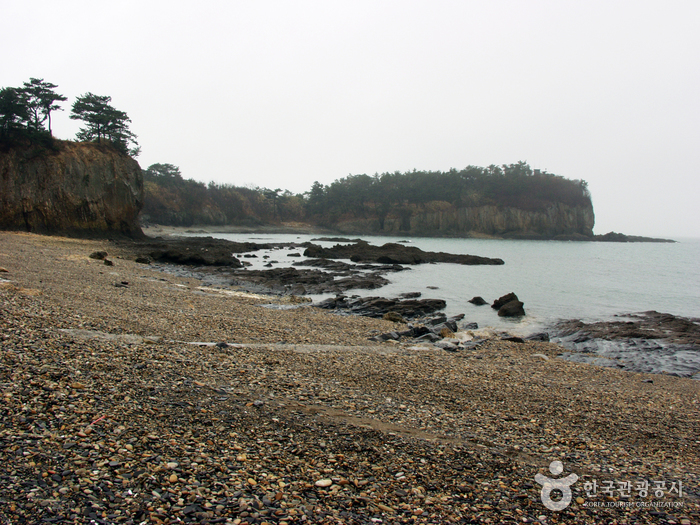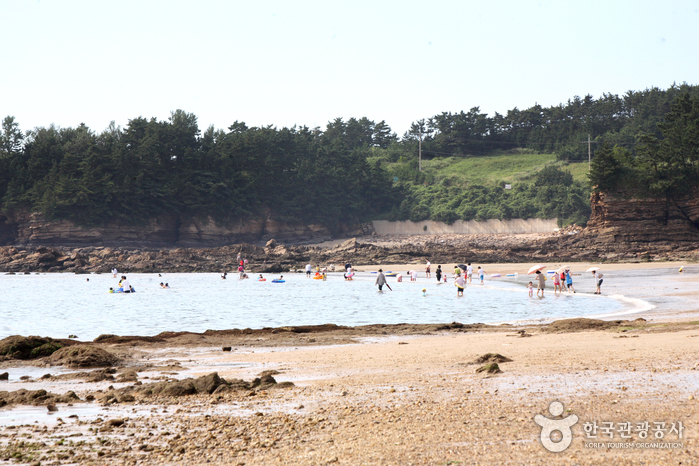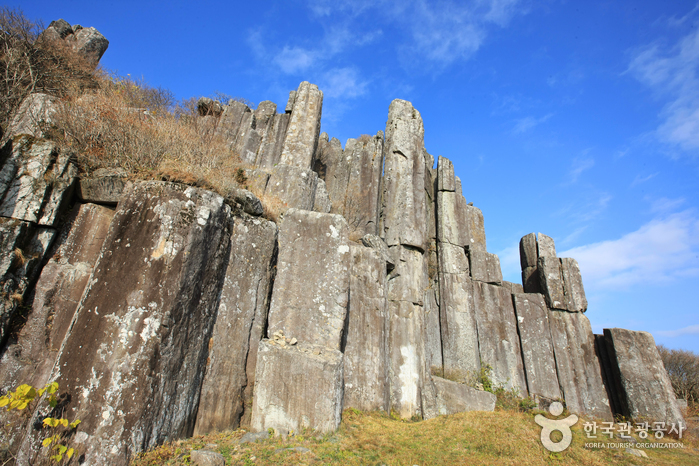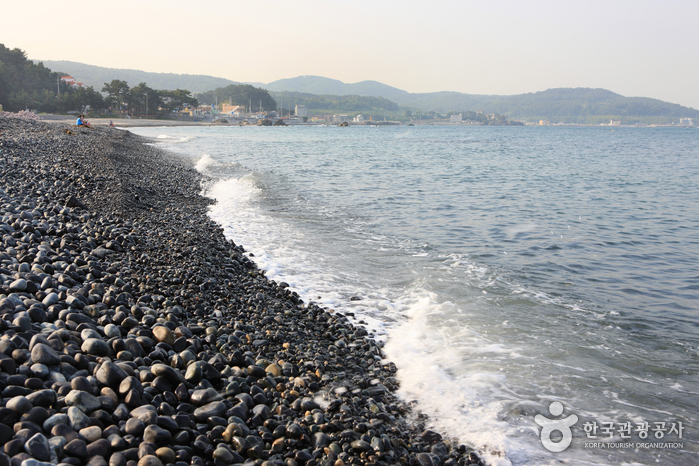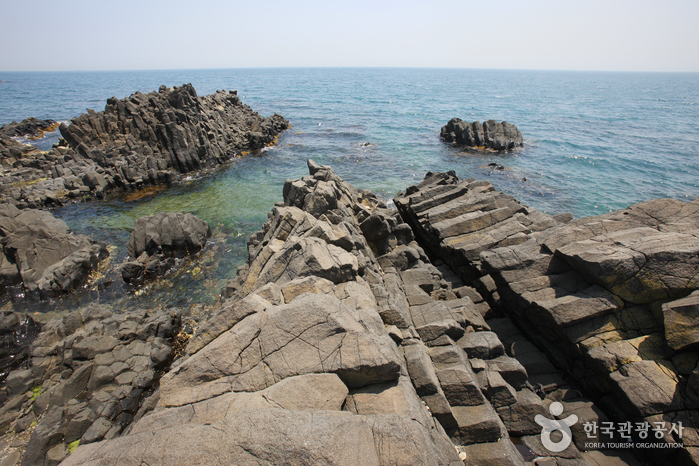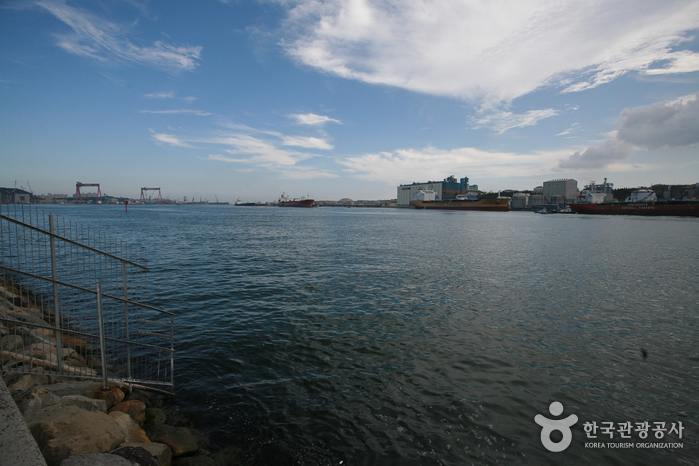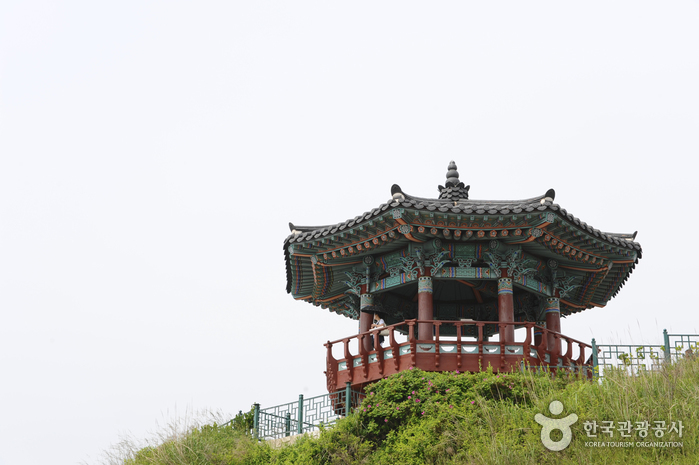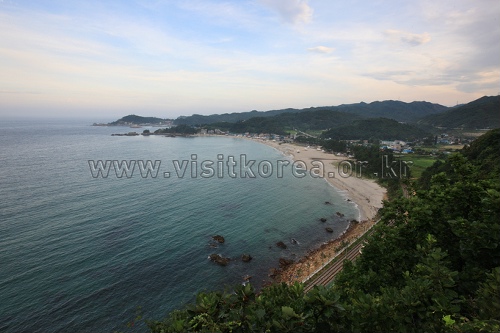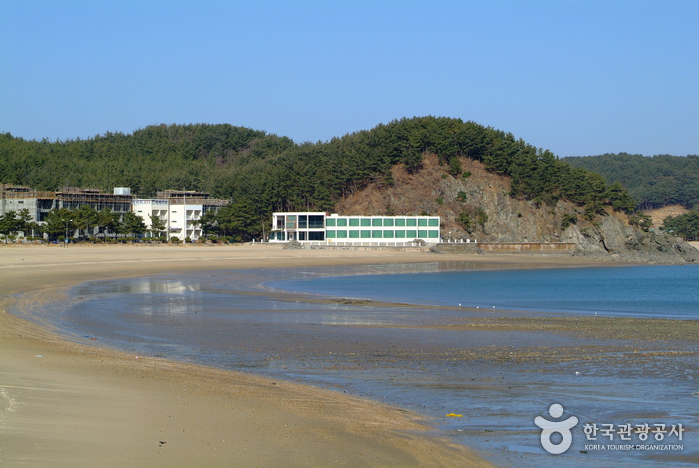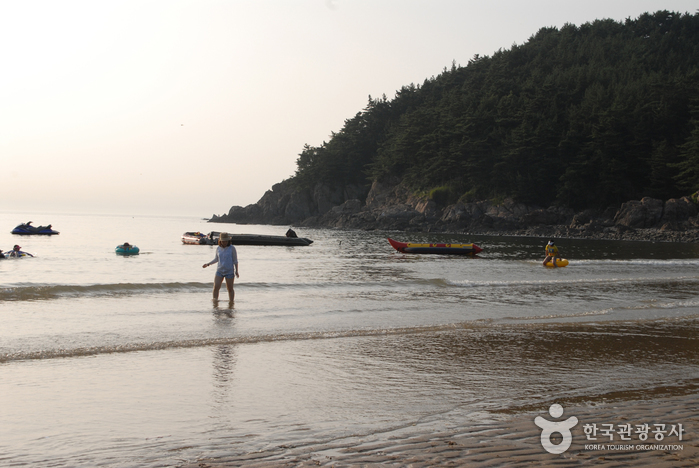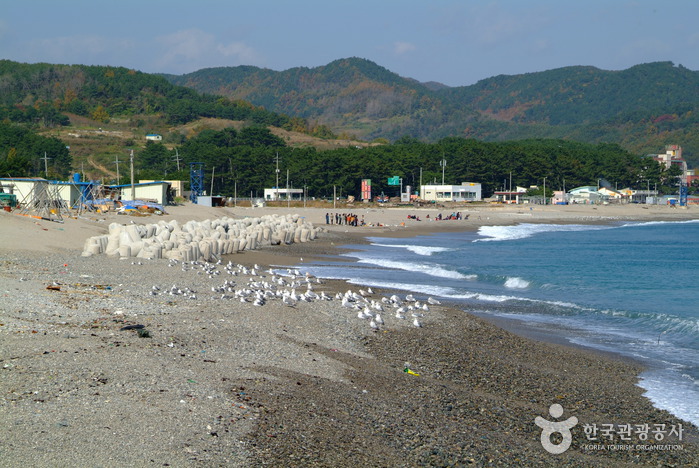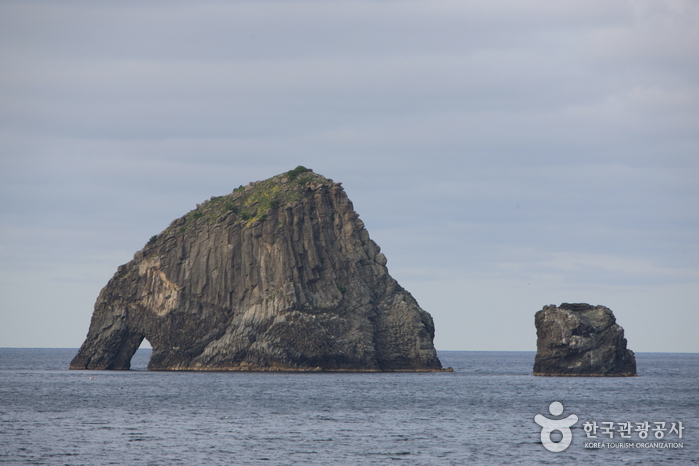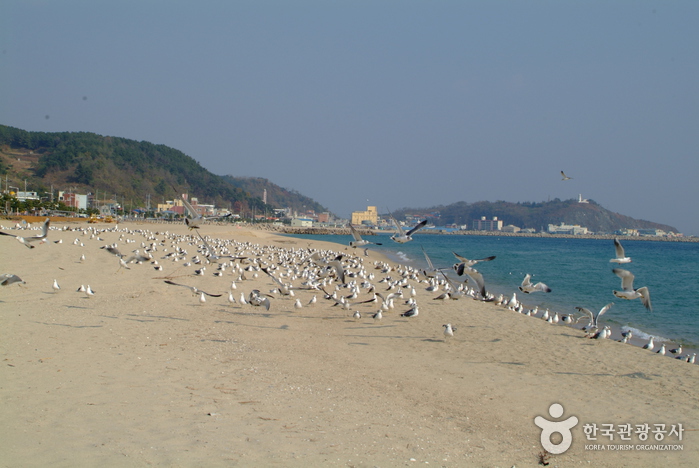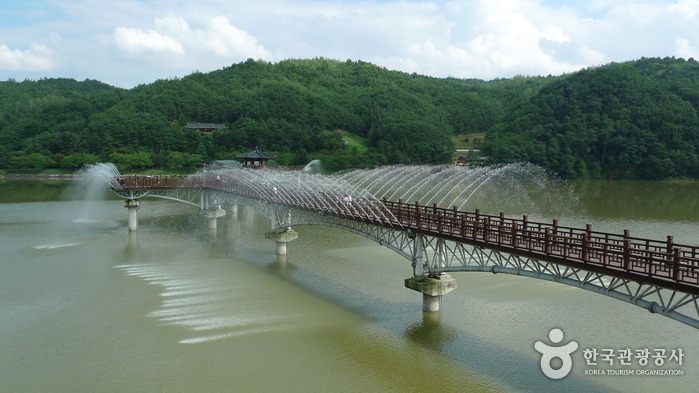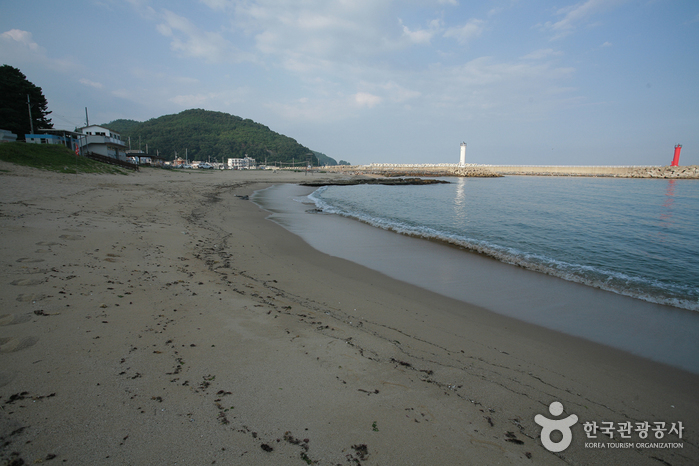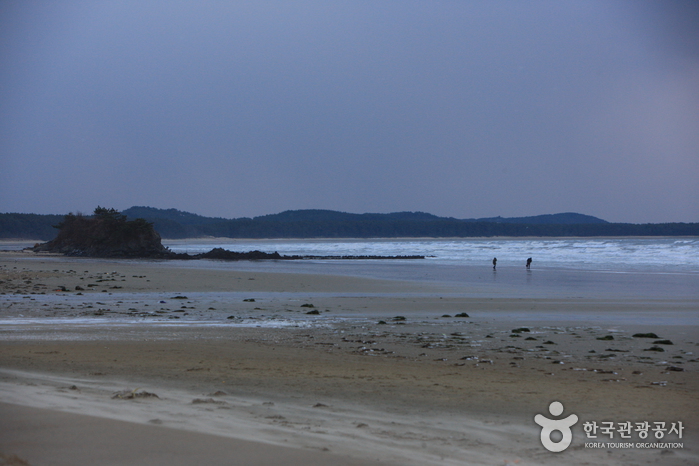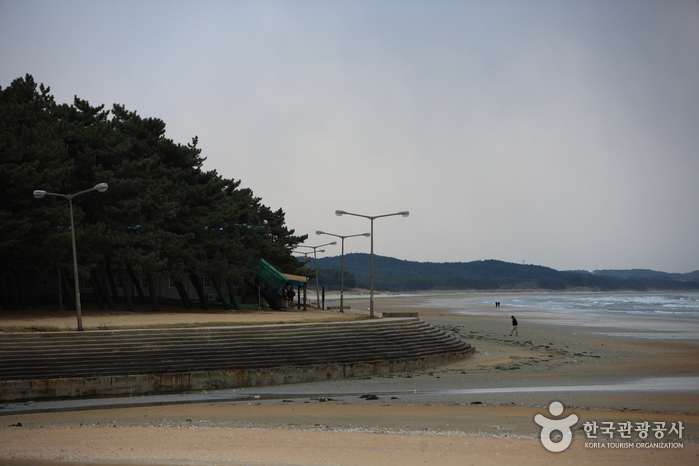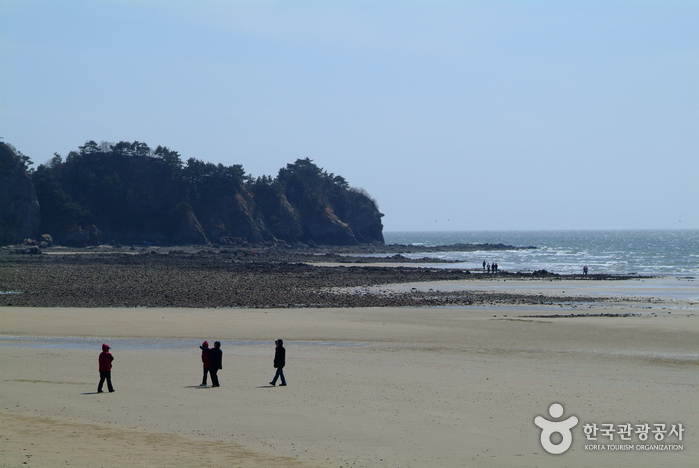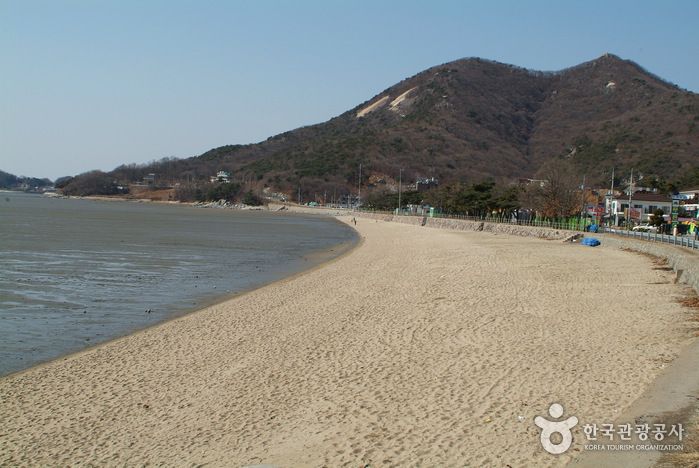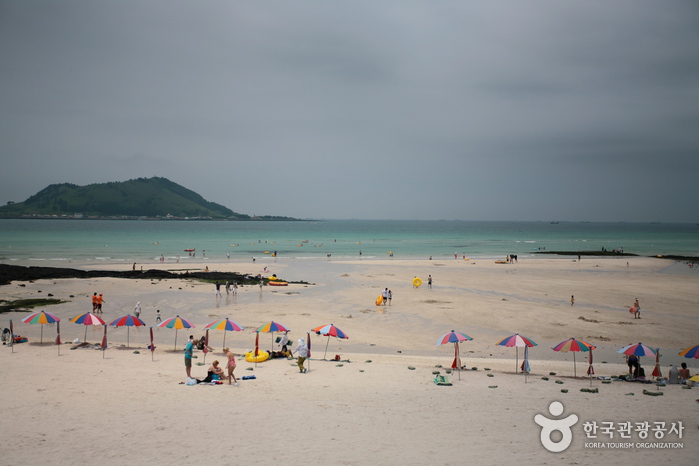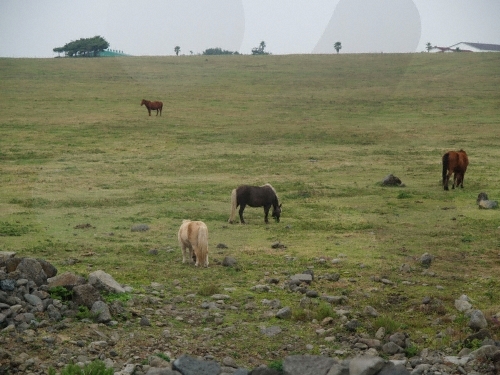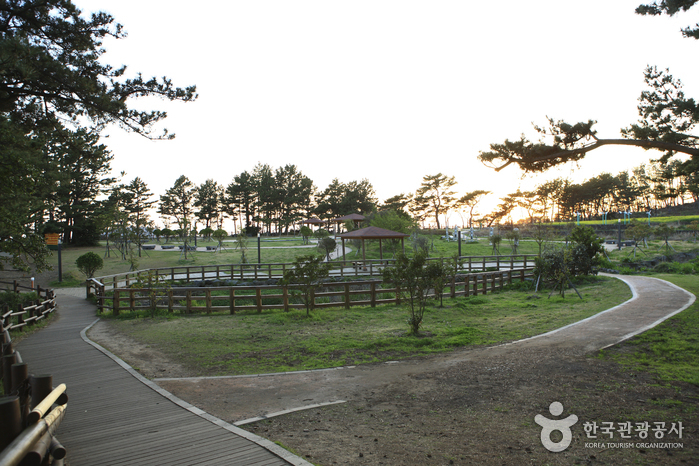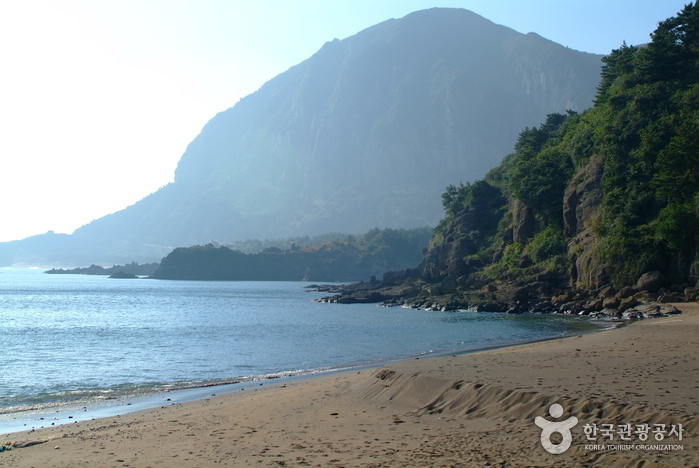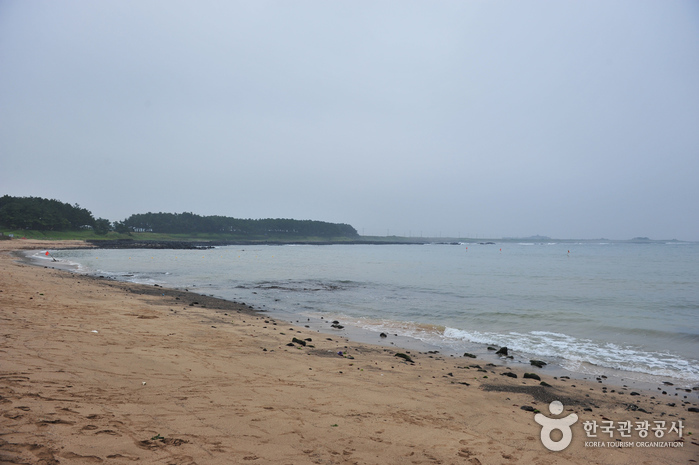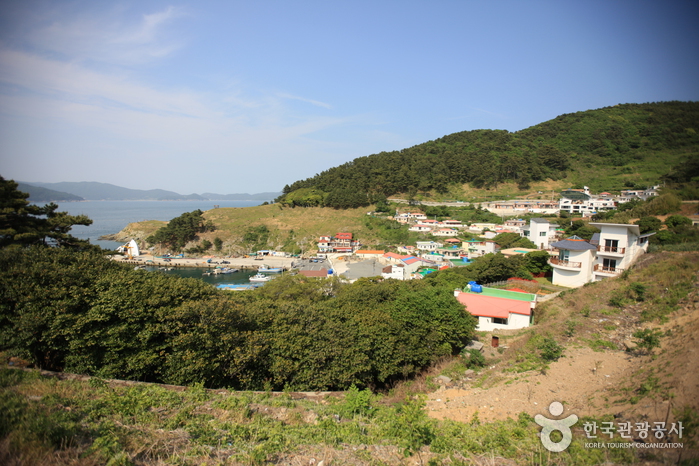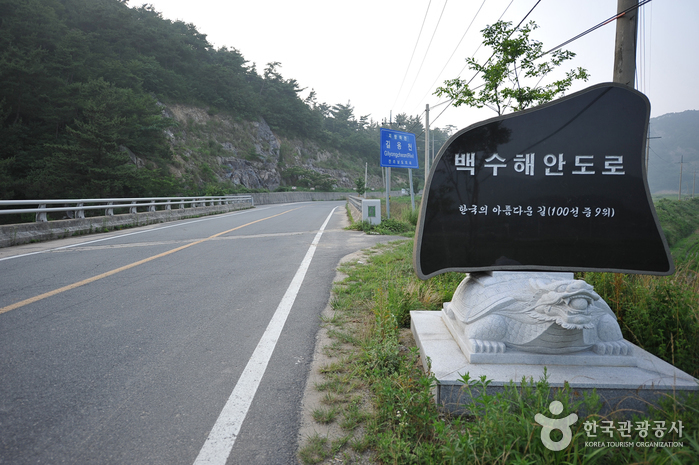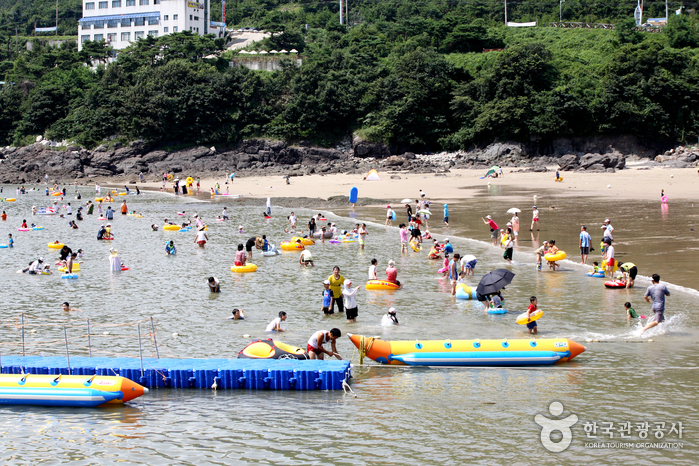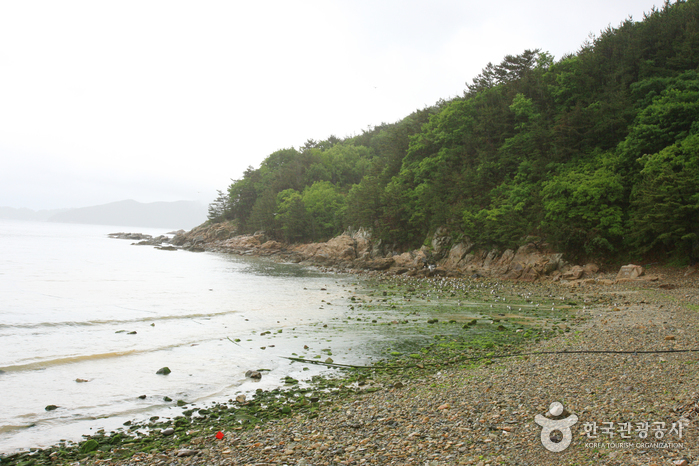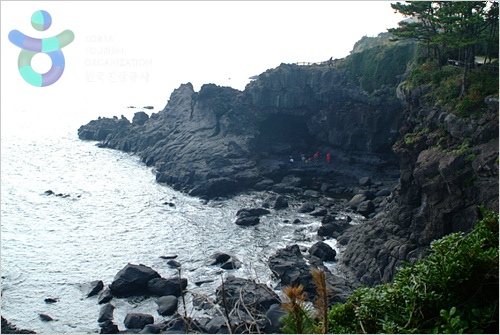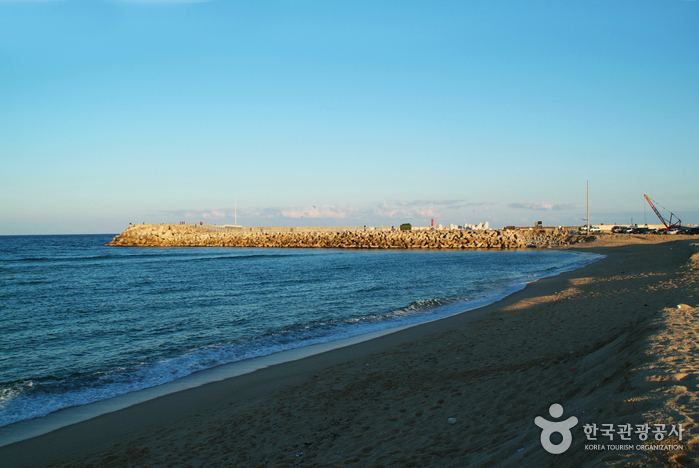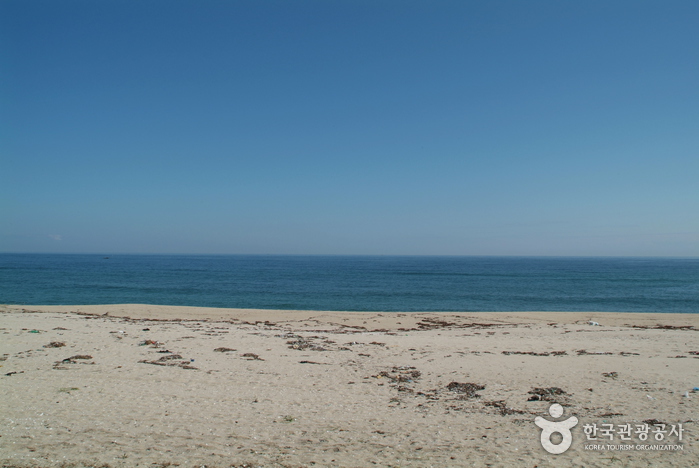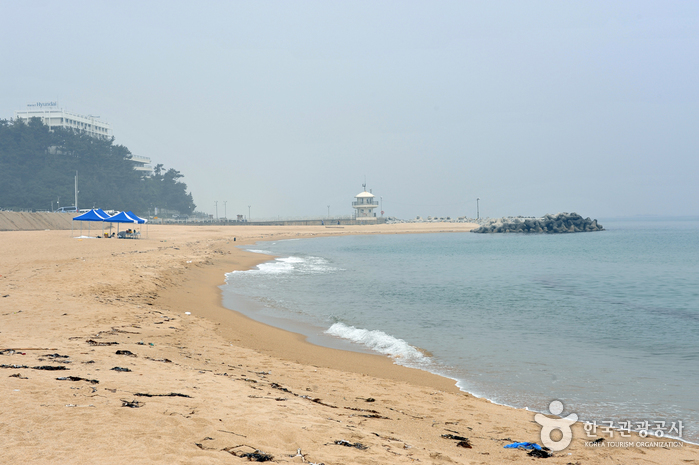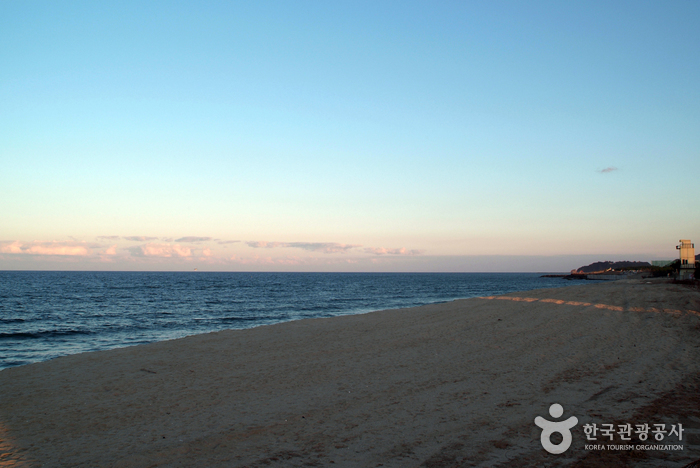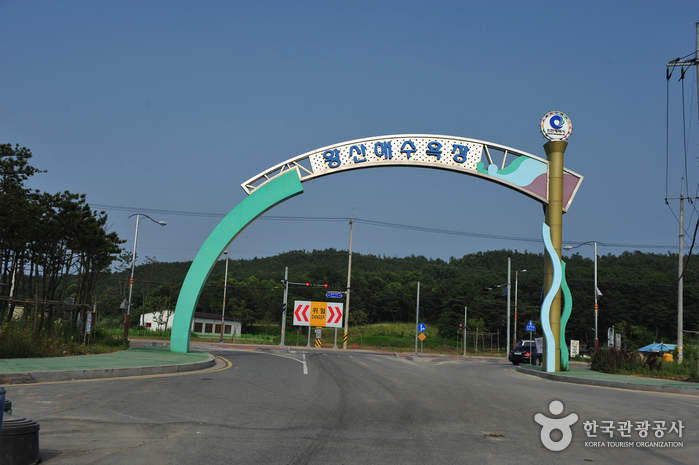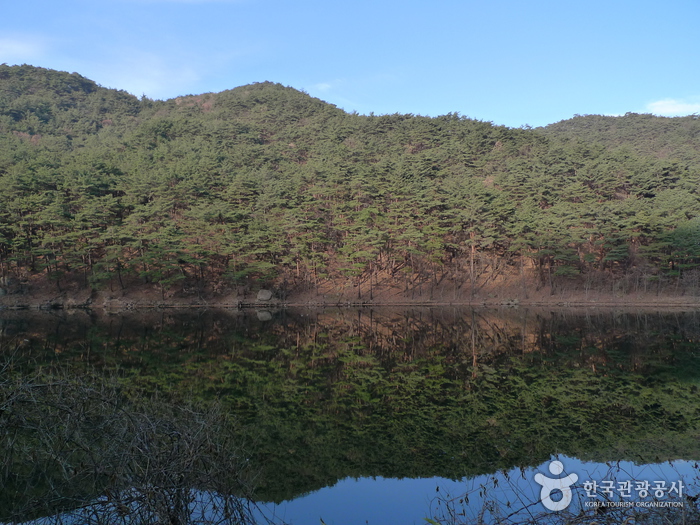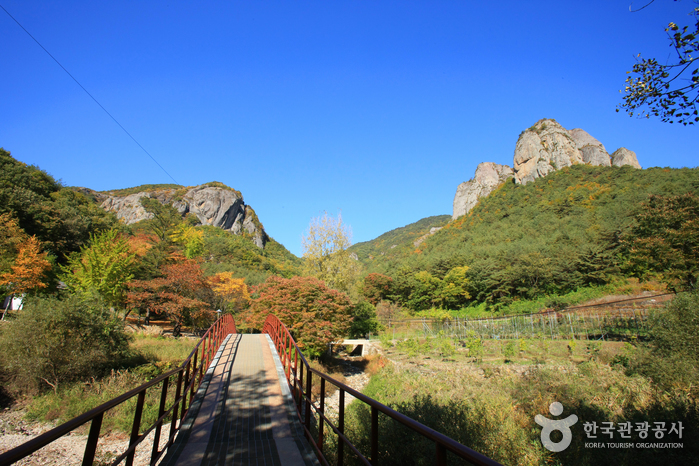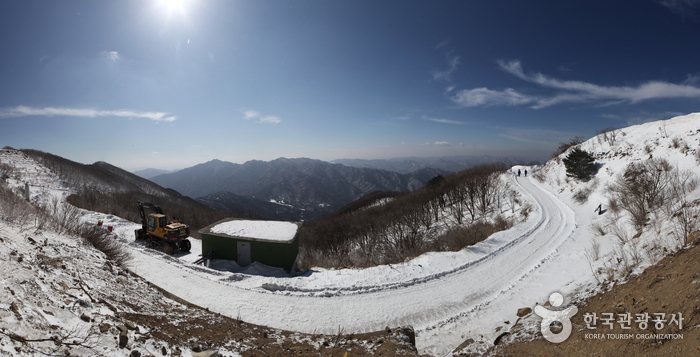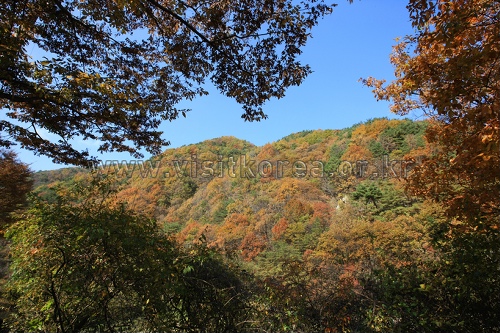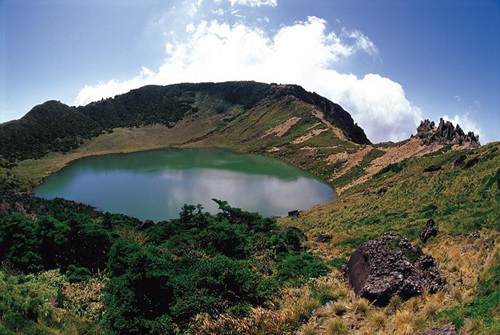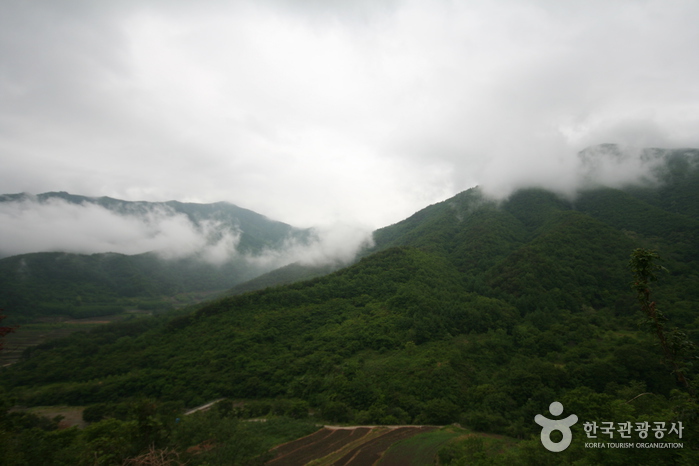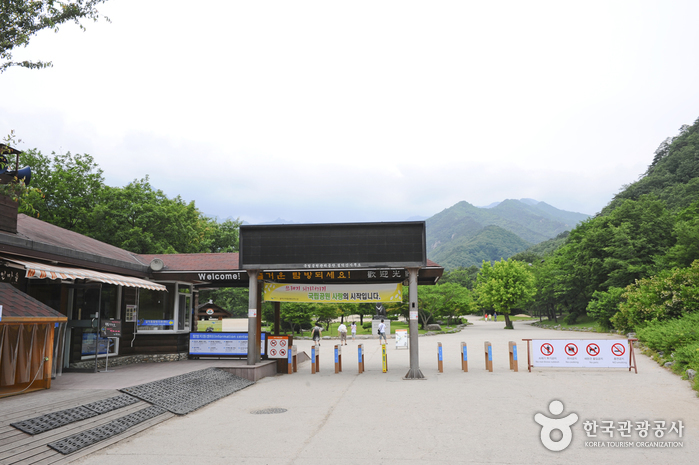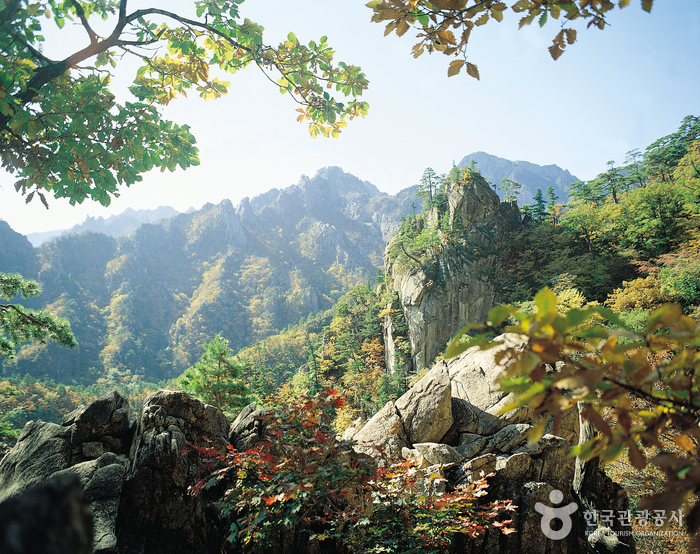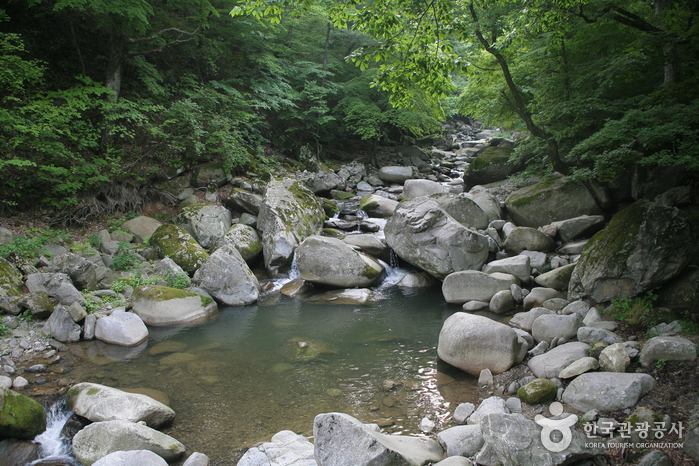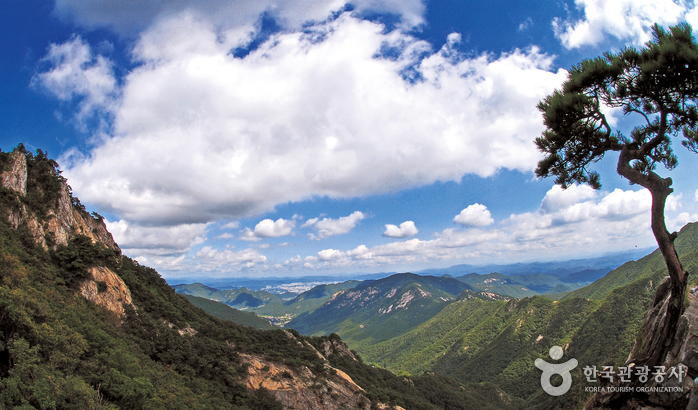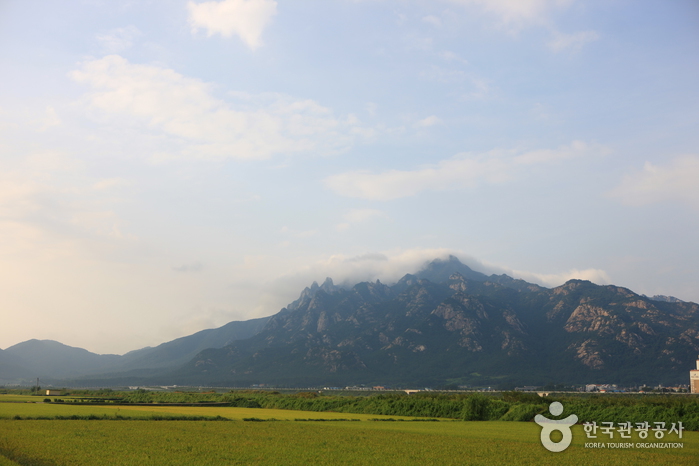Mt. Juwangsan (721m), designated as National Park No.12 in 1976, is the smallest of the national parks in Korea. Mt. Juwangsan is not so steep, making it a great place to walk and enjoy the wonderful scenery. Mt. Juwangsan is also called Mt. Seokbyeongsan, Mt. Jubangsan and Mt. Daedunsan. There is a legend that King Juwon of Silla (57 B.C.-A.D. 935) lived on this mountain after turning Silla over to Goryeo. This is where it got its name 'Juwang'. There is another legend that General Mailseong of Goryeo assassinated King Wuju, who was living here, with arrows and iron hammer.
At Juwangsan, there are temples such as Daejeonsa, Gwangamsa, Yeonhwasa Temples, and hermitages such as Juwangam and Baengnyeonam. Daejeonsa Temple preserves national treasures such as the portrait of the Great Buddhist Monk Sa-Myeong, and the engraved wooden board personally made by General Lee Yeo-Song sent to the monk Sa-Myeong. In addition, You can find many interesting rocks such as Giam, Seokbyeokam, Geupsudae, Jeongsam & Adeulbawi, and also caves such as Juwanggul where Juwang hid before he was captured, Mujanggul where weapons were kept and Yeonhwagul, which used to be training grounds.
There are many waterfalls that represent the beauty of Juwangsan. The representative waterfalls are the 1st, 2nd, 3rd waterfalls and the Dalgi Pokpo Waterfall. Also there are many beautiful valleys such as the Outer-Juwang Valley, Inner-Juwang Valley, Woroe Valley and Naewon Valley. On the mountainside there is a 6 meter high Jahaseong Fortress that spreads out 15km, and there is the Dalgimul Mineral Spring in the Goenae mid-stream.
